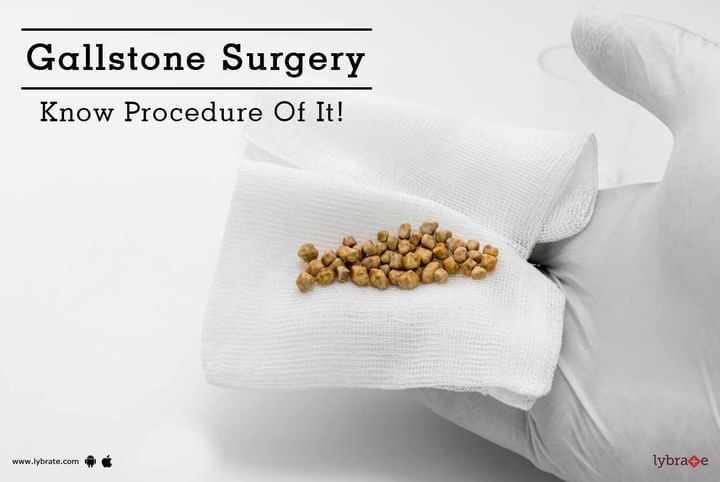Gallstone Surgery - Know Procedure Of It!
This surgery involves the removal of Gallbladder, which is a pear-shaped organ that lies right beneath the right side of the liver. The main function of the gallbladder is to collect and concentrate bile, which is a digestive juice produced by liver after eating, aiding digestion. The most common disorder of the digestive system is presence of Gallstones, which are the stones made up of a mixture consisting of cholesterol, bile pigment and calcium salts.
These Gallstones don’t cause any problems in most cases. But prompt treatment is required if stones block ducts and cause infections and inflammation in the pancreas. This may lead to removal of the gallbladder through a surgery, known as cholecystectomy, which further includes techniques such as laparoscopic (keyhole) cholecystectomy or open surgery.
Although it is a less vital organ, the body can cope up even after removal.
Procedure of surgery:
- The surgery involves removal of gallbladder and gallstones through several incisions in the abdomen. In order to see clearly, the surgeon inflates the abdomen with air or carbon dioxide.
- A lighted scope attached to a video camera is inserted into one incision near the belly button. The video monitor is used as a guide for inserting other surgical instruments into the other incisions to remove the gallbladder.
- Intraoperative cholangiography is the X-ray procedure which shows the anatomy of bile ducts. This is done before the surgeon removes the gallbladder.
- Bile flows from the liver through the common bile duct after the surgery into the small intestine. As the gallbladder has been removed, the gallbladder can no longer store bile between meals but has no effect or little effect on digestion.
- In case of open surgery, the surgeon reaches the gallbladder through a large, single incision in the abdominal wall.
Complications after gallbladder surgery:
This surgery carries some degree of risk like any other surgery. Complications such as internal bleeding, infection, injury to nearby digestive organs, injury to the bile duct and injury to blood vessels.
Types of gallstones:
There are three main types of gallstones. They are
1. Mixed stones: They are made up of cholesterol and salts. They tend to develop in batches.
2. Cholesterol stones: Mainly made of cholesterol, which is crucial to many metabolic processes. They can grow large enough to block the bile ducts.
3. Pigment stones: The colour of bile is greenish-brown, due to some particular pigments.
Medical factors to consider before cholecystectomy:
The most important factor is a consideration of your medical history. This is because the pre-existing conditions influence decisions on surgery and anaesthetic and information about any bad reactions or side effects from any medications would be helpful for surgery.
Self-care after the surgery:
Taking rest is the most important thing after surgery. Avoid things such as heavy lifting and physical exertion. The usual recovery period after the surgery is one week.



+1.svg)
